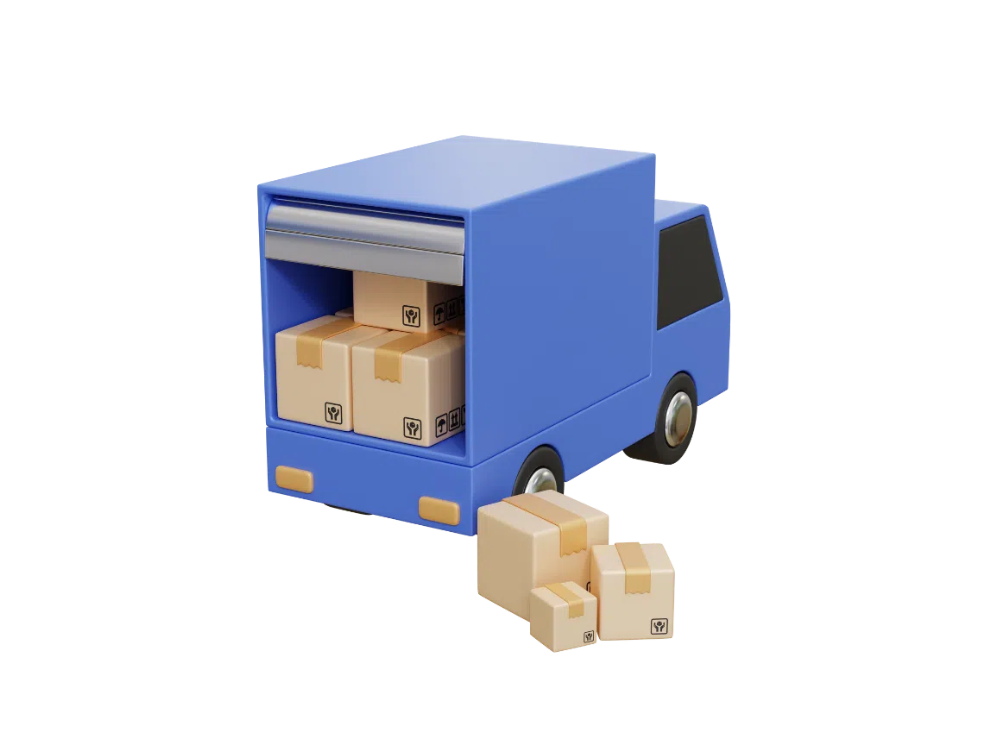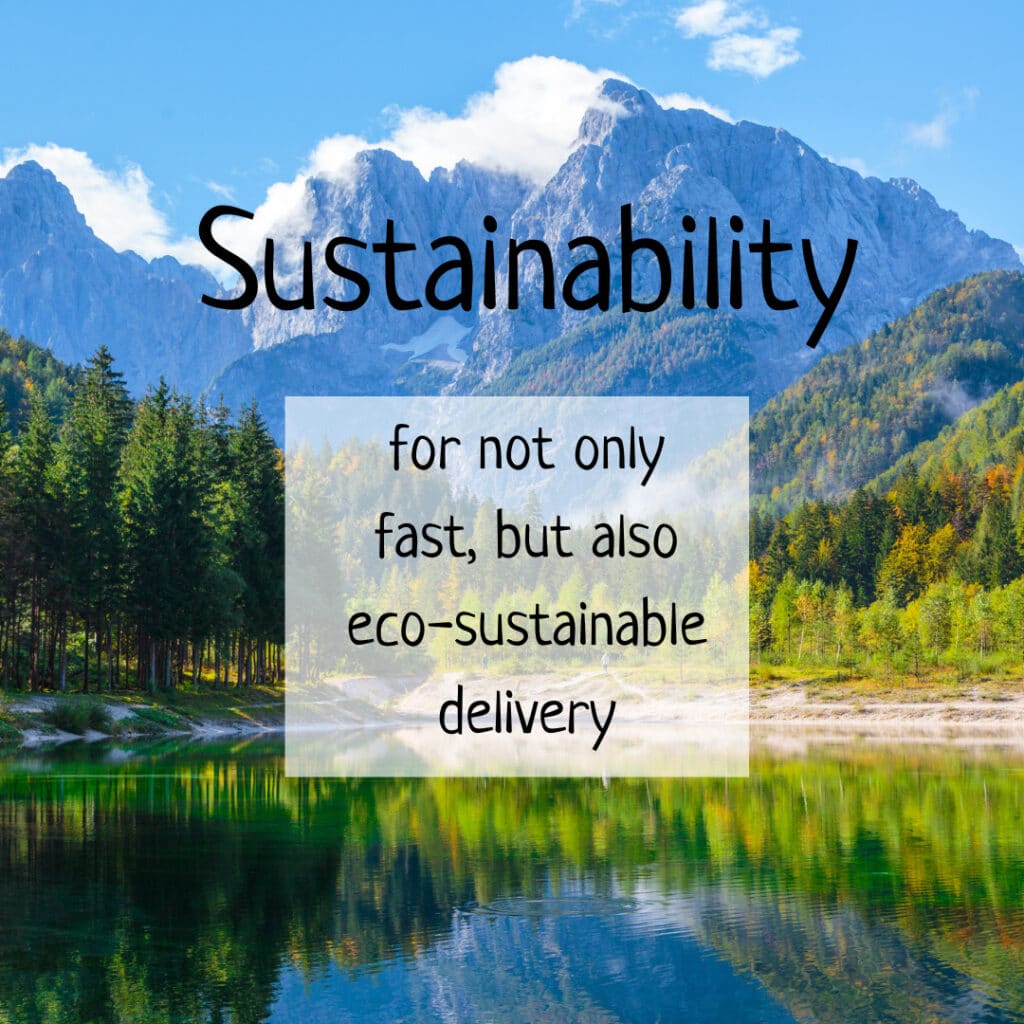Winter is a particularly challenging season for the transport and logistics sector, characterised by adverse weather conditions such as snow, ice and cold temperatures. These factors put a strain on operations, requiring companies to plan strategically and adapt quickly in order to ensure continuity of services.
Overcoming winter logistics challenges means adopting innovative solutions, optimising processes and effectively coordinating all operational phases. In Italy, the landscape is made even more complex by the climate variety, which requires specific approaches for each territory.
In this context, the ability to respond to difficulties efficiently and safely distinguishes the best prepared companies. But how do transport logistics work in winter? What strategies make it possible to overcome seasonal difficulties and guarantee reliable operations? Let’s delve into this together.
Summary:
Transport and logistics in winter: facing seasonal challenges with efficiency
How transport logistics work in winter
What are the logistics processes during winter?
Logistical challenges winter: what makes this season difficult?
Winter logistics transport in Italy: a complex scenario
Transport logistics winter: how does the adaptation of companies work?
Sinergy Solution: an example of success in winter logistics
How transport logistics work in winter
Transport logistics during winter requires careful planning and an extremely flexible approach. In this season, weather conditions play a crucial role: accurately predicting phenomena such as snowfall, ice or extreme temperatures is essential to define routes and schedules that guarantee safety and efficiency.
A key element is vehicle optimisation. Transport vehicles are equipped with winter tyres, anti-icing systems and specific protection to ensure that goods arrive at their destination intact, without putting operators at risk. These measures, combined with preventive maintenance, are the first step towards meeting the challenges posed by the winter season.
But winter also requires a great capacity to adapt in real time. Companies in the sector must be ready to modify routes, reorganise deliveries or even change transport modes according to changing road and weather conditions. In this context, reactivity becomes a competitive advantage.
Another key aspect is the coordination between the different actors in the supply chain. From continuous communication between warehouses, carriers and customers to the use of advanced monitoring tools, every detail contributes to keeping the supply chain operational and performing.
What are the logistics processes during winter?
Each stage of winter logistics requires specific measures to meet the challenges of winter transport.
The storage of goods, for example, plays a crucial role, especially for cold-sensitive products, which are stored in heated warehouses or equipped with temperature control systems. Distribution also has to be adapted: loading and unloading times can be lengthened by snow or ice that compromise the conditions of logistics platforms.
Order preparation becomes even more scrupulous during winter transport, using packaging materials designed to withstand the harshest weather conditions. During transport, companies choose safe routes and plan detours to avoid disruptions, ensuring on-time deliveries.
The key to dealing with difficulties lies in integrated planning, which allows operations to be managed in a coordinated manner, and the ability to respond quickly to unforeseen events.
With optimised processes and careful management, winter logistics can maintain high operational efficiency even under the most difficult conditions.
Logistical challenges winter: what makes this season difficult?
As mentioned, winter weather conditions pose a unique challenge to the transport and logistics sector. Snow-covered or icy roads significantly increase travel times and the risk of accidents, while snowstorms can completely block major transport arteries. These issues make careful planning of operations essential.
Another difficulty is the increase in operating costs during winter transport. Taking preventive measures – such as equipping vehicles with snow chains, winter tyres or installing heating systems in warehouses – entails additional expenses. However, such investments are indispensable to ensure the continuity and efficiency of logistics operations, especially in regions with extreme conditions.
Winter logistics challenges are not limited to technical aspects, but also involve managing customer expectations. Communication becomes crucial in order to promptly update recipients on any delays or changes to deliveries. This element is crucial to maintain trust and reduce the impact of any inconveniences.
Shipment security remains an indispensable pillar for the logistics sector in winter. Every stage of transport is carefully monitored to ensure that the goods arrive intact at their destination, even under difficult conditions. Customised services, such as the use of dedicated vehicles, make it possible to handle priority shipments, ensuring careful and reliable handling for each customer. This approach is an effective response to the challenges posed by winter transport.
Winter logistics transport in Italy: a complex scenario
In Italy, winter offers a diverse scenario. The northern regions, characterised by heavy snowfall and cold temperatures, require particularly careful logistical organisation.
In the south, on the other hand, the risk is mainly related to heavy rain that can cause flooding or landslides, making some areas difficult to access. Planning plays a crucial role in overcoming these difficulties.
Transport logistics winter: how does the adaptation of companies work?
Adapting companies to winter challenges requires investment and innovation. Some of the main strategies include:
- Staff training: drivers are trained to deal with emergency situations and drive in adverse conditions.
- Contingency plans: companies create protocols to handle sudden disruptions, such as snowstorms or roadblocks.
Winter transport technologies
Innovative technologies play a crucial role in improving transport efficiency during winter. Among the most relevant are:
- Route optimisation software: avoids routes blocked by snow or accidents.
- Temperature monitoring systems: essential for the transport of sensitive goods such as food and medicines.
These tools represent a strategic investment for companies aiming to reduce operational risks and maintain continuity of services during the colder months.
Sinergy Solution: an example of success in winter logistics
Sinergy Solution represents a model of excellence in logistics management during winter. Thanks to careful planning, we are able to anticipate weather-related issues, adapting operations to the specific needs of our customers.
We distinguish ourselves by our focus on service quality and safety of goods, ensuring timely deliveries even under extreme conditions.
A 24/7 operational support team enables any unforeseen events to be dealt with quickly, minimising delays and maximising customer satisfaction. This precision and responsiveness-oriented approach makes Sinergy Solution a reliable partner for companies operating in critical sectors.
If you would like to find out how we can support your logistics operations during the winter, please contact us to discuss the most suitable solutions for your needs.



